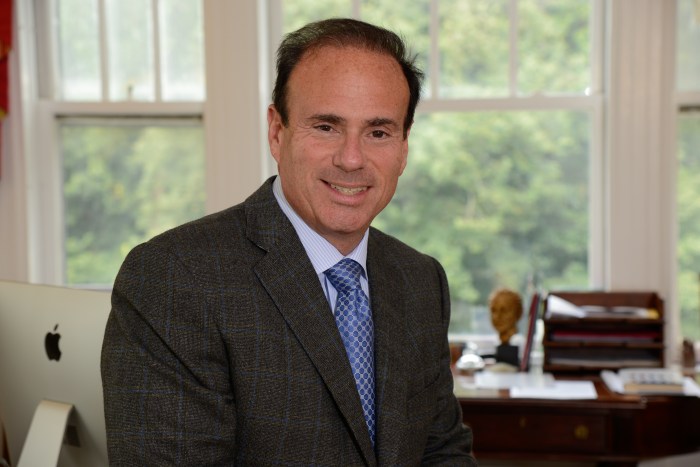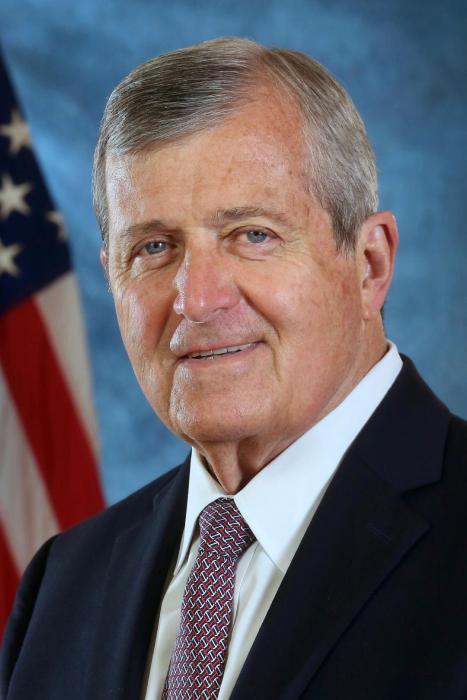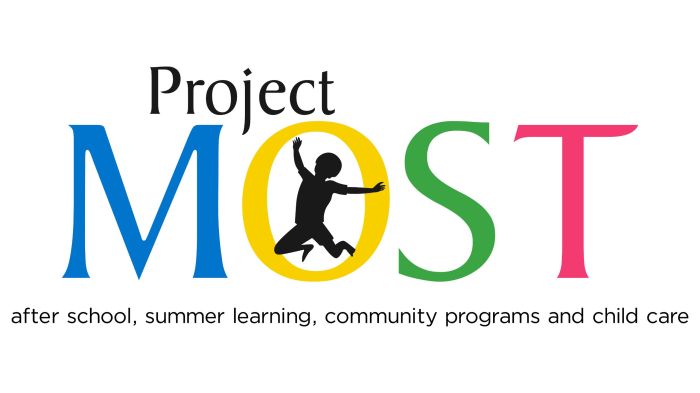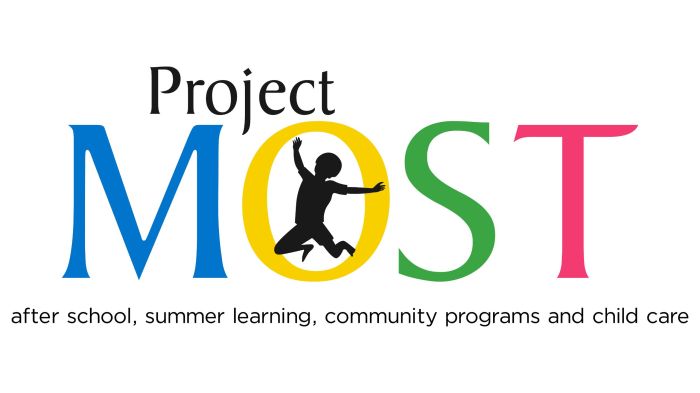Gateway Development Corporation claim that they have found a $1.4 billion reduction in project cost estimates achieved through the advancement of design, engineering and technical efforts, as well as “encouraging private sector feedback and innovation” sounds great on paper. The devil is in the details. Have they shared the specifics of this $1.4 billion reduction in cost estimate with the Federal Transit Administration, Amtrak, New Jersey Transit and other potential funding agencies, along with transit advocates and elected officials? Have they performed any value engineering exercises to see if there are other construction options that could result in savings?
In 2015, the estimated cost for the Gateway Tunnel grew by $3.9 billion, from $20 billion to $23.9 billion. In 2017, the new cost estimate grew another $5.2 billion to $29.1 billion. Why five years later can they pull a rabbit out of the hat and come up with $1.4 billion in savings against an estimated $29 billion for the full build Gateway Tunnel? This new figure is based on reducing the estimated cost for both the new tunnel and rehabilitated old tunnel portions of the overall project which previously grew from $8.7 billion to $12.7 billion over time. Would whoever working for the GDC, that came up with the new project cost estimate. including $1.4 billion in promised savings, put up their pension, 401K or mortgage their home as collateral to guarantee that the design build process will deliver these savings? Design build is when you have the construction contractor advance final design beyond 30% in parallel with actual construction. One can only guess what the construction contractors winning bid will actually be. There is no way of knowing if it will come in higher than the new promised $11.3 billion for two new tunnels plus rehabilitation of the old tunnels. There are also contract change orders during construction. They are based on unforeseen site conditions or last minute changes in scope. Amtrak, Port Authority and GDC must share the details to justify these promised savings. Without this information, riders, taxpayers, transportation advocates and elected officials will remain skeptical.
Historically as any major capital project advances through design and engineering, estimated project costs rise. Responses to any construction procurement can easily come in above the project engineers estimate. Any final project cost upon completion could increase based upon responses to bids, along with change orders during construction. It would be interesting to see the detailed project budget for Gateway by line item including how much money has been programmed for contingency. These dollars which would pay for contract change orders during construction.
As a result of COVID-19, the world we live in has changed. Commuting patterns will be different. More people will telecommute on permanent basis. The concept of urban central business districts will continue to evolve. More people will be shopping on line. More Wall Street financial institutions and major corporations based in Manhattan may continue to move additional employees to suburban back offices.
Any ridership modeling for the Gateway Tunnel dealing with anticipated increase in ridership over the coming decades must be reevaluated.
The number one priority for the MTA, LIRR and others will be safety and security as a result of COVID-19. New maintenance activities, which may become permanent, will go on for the foreseeable future. New capital improvements to buses, trains, commuter rail, ferries, stations and terminals to deal with COVID-19 may take several years before fully implemented. Funding agencies such as the FTA will make the review, approval and oversight of billions in COVID-19 projects and programs the number one priority.
The Gateway Tunnel project is reminiscent of the ongoing MTA LIRR Eastside Access to Grand Central Terminal project. In 2001, the initial estimated cost was $3.5 billion with a completion date of 2011. In 2019, eighteen years later (based upon the 2016 MTA FTA amended Full Funding Grant Agreement) currently at $11.2 billion, it could grow to $12 billion with completion in 2022. Will Gateway do the same and become our New York version of the infamous Boston “Big Dig” end up costing $40, $50 or even $60 billion and completed by 2040?
Larry Penner is a transportation advocate, historian and writer who previously worked 31 years for the United States Department of Transportation Federal Transit Administration Region 2 New York Office. This included the development, review, approval and oversight for billions in capital projects and programs for the MTA, NYC Transit, Long Island Rail Road, Metro North Rail Road MTA Bus, NYC DOT, New Jersey Transit along with 30 other transit agencies in NY & NJ.































